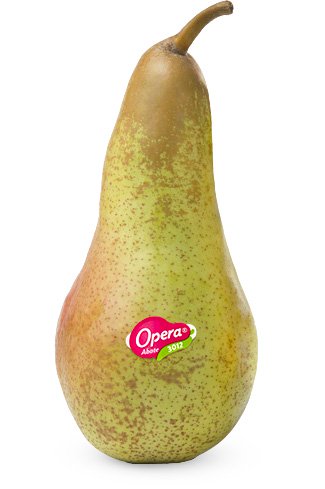
Abate Fetel
Origins and History
Abate Fetel were discovered in France in the mid 1800s by the anonymous Abate Fetel, the monks whom first bred them by chance in the mid 1400s and called them the “Italian fruit”. By the end of World War II these particular pears had spread to Italy, especially to the Emilia Romagna region, where the fertile plains that formed over thousands of years around the river Po, proved to be the ideal habitat for the cultivation of this variety of pear and whose cultivation has gradually developed over decades making Italy the world’s leading producer of Abate Fetel pears. Abate Fetel has become Italy’s favourite pear variety!
Fruit’s shape and size
This variety of pears, have an unmistakably long and thin shaped neck, and from a botanical point of view the Abate Fetel is considered “elongated” almost “swan” like, indicating the particularity of the length between the two main axis, typical and unique in these special types of fruits. The fruits can range in sizes (from 55 to more than 85 mm Maximum diameter) and weigh (generally from 150 to more than 300 g per fruit in relation to diameter) providing low caloric intake and great nutrition, making them suitable for everyone’s healthy nutritional needs.
Characteristics of ripeness of the skin, the flavour and texture
The skin colour varies from greenish to yellowish hues depending on the advanced state of ripeness – with variant rusty hues covering parts of the skin. Occasionally, the fruits may have a reddish-pinkish skin if they’ve had direct exposure to sunlight. The greenest fruits are crisp and very juicy, but as the fruit matures and its skin turn progressively yellower, the fine white pulp becomes juicier, sweet, aromatic and flavourful – increasingly becomes softer and tends to melt in your mouth.
Distinguishing features
It is “the most Italian pear of all “. Italy, is in fact the largest producer in the world of Abate Fetel pears; therefore, every time you choose an Abate Fetel pear, you will be contributing a great support towards sustaining and preserving one of the most important national pear cultivation.
Harvest
1st and 2nd decade of September.
Available
From the 2nd week of September till end of May.

